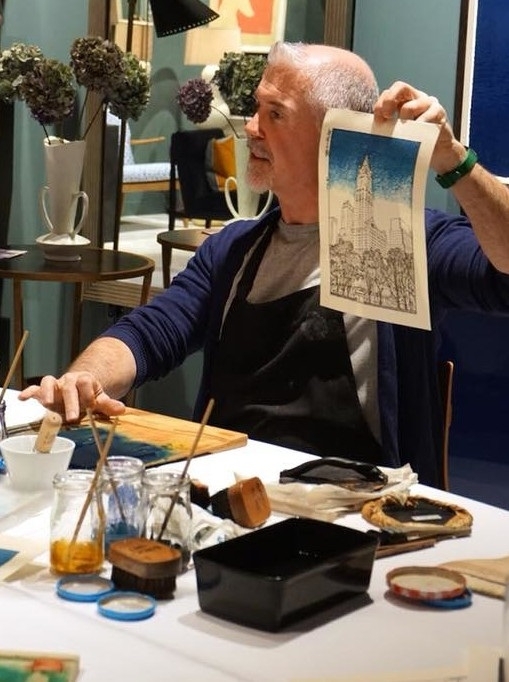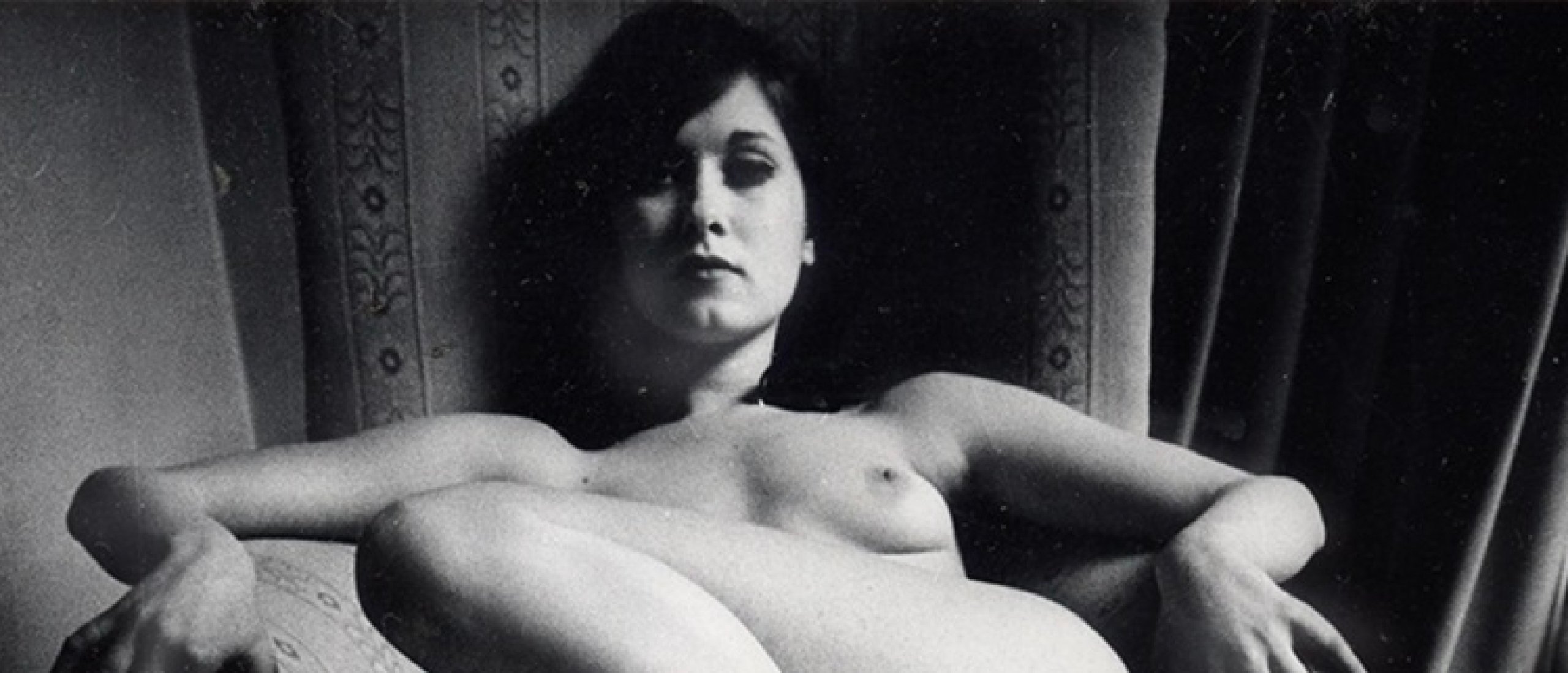
Paul Binnie (b. 1967) is a Scottish artist who belongs to the modern followers of the woodblock printing technique. The genres of his interest are yakusha-e (kabuki actor prints), fukeiga (landscape prints), and bijinga (pictures of beautiful women). Apart from woodblock printing, Paul Binnie works with a number of media such as stencil, etching, lithograph, graphite, ink, oil, pastel, and watercolor. In the current article, we'll examine one of his most popular sets of woodblock designs, A Hundred Shades Of Ink Of Edo, which Binnie created from 2004 to 2015.

Fig. 1. Paul Binnie, 2017 (Wikipedia.org)

Fig. 2. Comparison of contemporary world fashion by Binnie, 2015 (binniecatalogue.com)

Fig. 3. Kabukicho (Tokyo's entertainment district); scholten-japanese-art.com

Fig. 4. Maiko In Kyoto (binniecatalogue.com)
Avid Collector
Paul Binnie began his way in art by studying art history at the University of Edinburgh. Along with art history, he studied painting and etching at Edinburgh College of Art from 1985 to 1990. Having attained his master's degree, Binnie relocated from Edinburgh to Paris, where he worked as an art teacher at the Ecole du Louvre and the Atelier Hourde. The artist's enthusiasm for ukiyo-e emerged already in the years of studies in Edinburgh and urged him to collect prints. As time went on, the interest in Japanese printing tradition grew, and, in 1993, Binnie traveled to Tokyo to become a printmaker. Until the end of 1998, he lived in Tokyo and studied woodblock printing under the mentorship of Seki Kenji, master printer of Doi publisher. Binnie's fascination with kabuki and yakusha-e was caused by his location in the capital of Japan: the artist lived in Sendagaya, not far from the National Noh Theatre.

Fig. 5. Sleeping Woman, jigsaw woodblock, 2004 (binniecatalogue.com)

Fig. 6. Sleeping Boy, 1997, jigsaw woodblock, 1997 (binniecatalogue.com)
Acknowledged Printmaker
In 1998, Binnie moved to London and opened his printing studio, where he specialized not only in kabuki prints but also in landscapes and bijinga, making references to well-known ukiyo-e oeuvres. In 2004, Binnie resumed the series of tattoo depictions that he started to work on in Japan. These images would compose the set A Hundred Shades of Ink of Edo. In 2015, when the last image of the series was produced, the Metropolitan Museum of Art in New York purchased the complete collection. The works of Paul Binnie are exhibited in Tokyo, Paris, New York, London, Hong Kong, Sweden, Scotland, and the Netherlands. The most recent work of the artist is the bijinga series Flowers of A Hundred Years, which he began in 2012.

Fig.7 Veranda, 2009 (binniecatalogue.com)

Fig.8 Steam (binniecatalogue.com)
Continue reading in Premium and discover the extended edition of the article including more on the influence of ukiyo-e and shunga in Binnie's bijin-ga, a BONUS feature on one of the artist's most complex designs of a young Japanese girl in western-style clothes, and many additional pics of his bijin-ga (and also his gay designs).
Click HERE for the tattooed beauties in distress by Ozuma Kaname...!!
Sources: Wikipedia.org; binniecatalogue.com; scholten-japanese-art.com; ukiyo-e.org, Twitter, japanesegallery.com, viewingjapaneseprints.net
What do you think about Binnie's bijin-ga? Leave your reaction in the comment box below..!!










